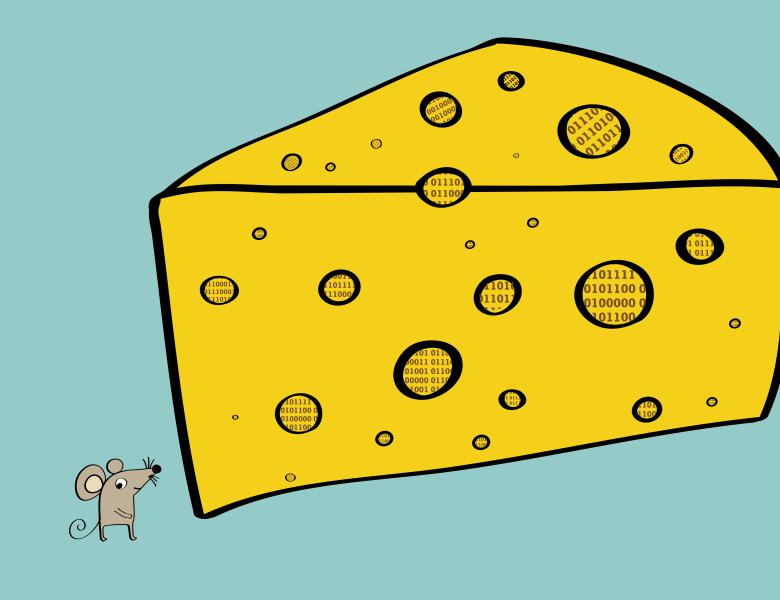
Abstract
We study the $k$-connectivity augmentation problem ($k$-CAP) in the single-pass streaming model. Given a $(k-1)$-edge connected graph $G=(V,E)$ that is stored in memory, and a stream of weighted edges (also called links) $L$ with weights in $\{0,1,\dots,W\}$, the goal is to choose a minimum weight subset $L'\subseteq L$ of the links such that $G'=(V,E\cup L')$ is $k$-edge connected. We give a $(2+\epsilon)$-approximation algorithm for this problem which requires storing $O(\epsilon^{-1} n\log n)$ words. Moreover, we show the tightness of our result: Any algorithm with better than $2$-approximation for the problem requires $\Omega(n^2)$ bits of space even when $k=2$. This establishes a gap between the optimal approximation factor one can obtain in the streaming vs the offline setting for $k$-CAP.
We further consider a natural generalization to the fully streaming model where both $E$ and $L$ arrive in the stream in an arbitrary order. We show that this problem has a space lower bound that matches the best possible size of a spanner of the same approximation ratio. Following this, we give improved results for spanners on weighted graphs: We show a streaming algorithm that finds a $(2t-1+\epsilon)$-approximate weighted spanner of size at most $O(\epsilon^{-1} n^{1+1/t}\log n)$ for integer $t$, whereas the best prior streaming algorithm for spanner on weighted graphs had size depending on $\log W$. We believe that this result is of independent interest. Using our spanner result, we provide an optimal $O(t)$-approximation for $k$-CAP in the fully streaming model with $O(nk + n^{1+1/t})$ words of space.
Finally we apply our results to network design problems such as Steiner tree augmentation problem (STAP), $k$-edge connected spanning subgraph ($k$-ECSS) and the general Survivable Network Design problem (SNDP). In particular, we show a single-pass $O(t\log k)$-approximation for SNDP using $O(kn^{1+1/t})$ words of space, where $k$ is the maximum connectivity requirement.


